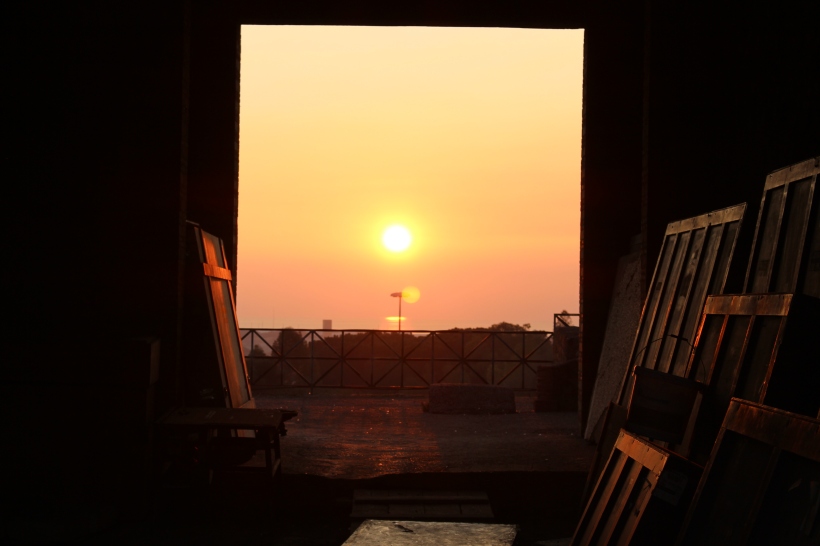My time in Pompeii was probably my favourite travel day of the past year. Exploring the Forum or the Colosseum was great but they were single, damaged, looks at a small part of an entire city. When people tell you they excavated the city of Pompeii I pictured a few city blocks, maybe an amphitheatre or the odd temple. What I found was literally an entire city, left almost exactly the way it was all those years ago.
Imagine what it was like,79 A.D and its a hot August day. Lots of ships are coming into the port and workers are still trying to repair the damage done by the earthquake in 62 A.D. Its 11 in the morning and most people are focused on lunch, but not for long. A loud resounding boom echoes down from the mountain, interrupting the sounds of conversation and children at play. People are coming out of their homes, clogging the streets to stare at the mountain that was by now vomiting fire into the air. Food, tools, carts and belongings were dropped as people rushed inside for shelter to escape the large bits of falling rock and the ash that descended like snow. Like lost hikers in a blizzard panicked Romans stumbled through the ash towards city gates, before succumbing one after another. Pompeii was now a ghost town, its people buried under feet of ash. Some died collecting their wealth from its hiding places. Some sought shelter in doors, dying in the shadows or crushed when their roofs couldn’t take the weight of the ash. A brave few sheltered their loved ones, dying in each others embrace. They would lie there undisturbed, in some cases for almost 2000 years.
These days Pompeii is once again a seaside town. The actual location is right alongside the old one which at the time of the disaster housed 20,000 people and served not only as a port but as a resort town for wealthy Romans. I caught a very affordable (and early) morning train from Rome. Admission to the old city is only 11 Euros but you can also get package deals to see the nearby town of Herculaneum or to pick up guidebooks/audio guides. I had a trip to the top of Mount Vesuvius on my list but was forced to abandon it because tours only left at mid day, meaning you wouldn’t have enough time to fully explore the city. If you plan on doing the new town and Vesuvius allocate two days because Pompeii requires a full one. I was there from opening to close and still didn’t see the whole city- also pick up the audio guide, it provides tons of info the signs don’t. One of the important things to realize with Pompeii is that the combination of ash and two waves of pyroclastic flow (gas, ash and rock) buried the city under 5 or 6 meters of debris. The ash hardened and formed an air tight seal preserving all organic materials. Because of Pompeii we know far more about how every day Romans lived and functioned. Pompeii continues to be a gold mine of historical information and is still a very active dig site in more then one spot. Many of the discovered bodies are on display, making the impact of the disaster a little more real. If you look closely, you can see the clothing and footwear they were wearing when they died.
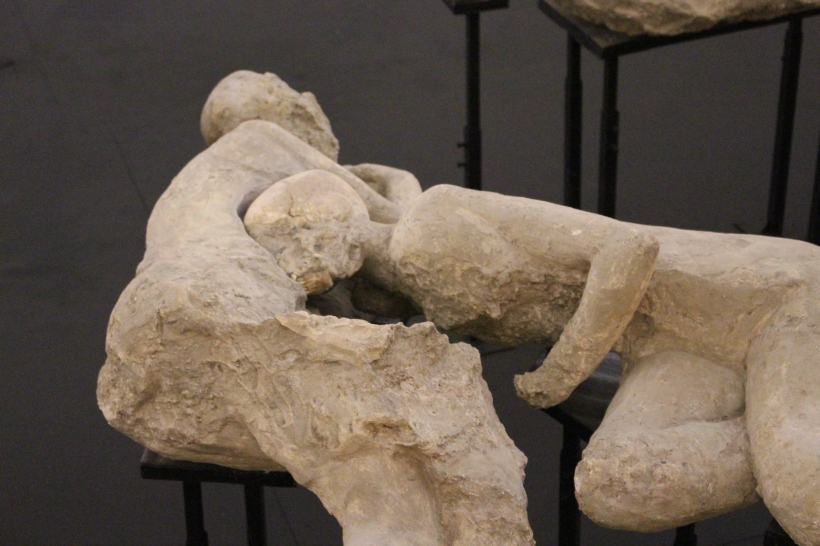
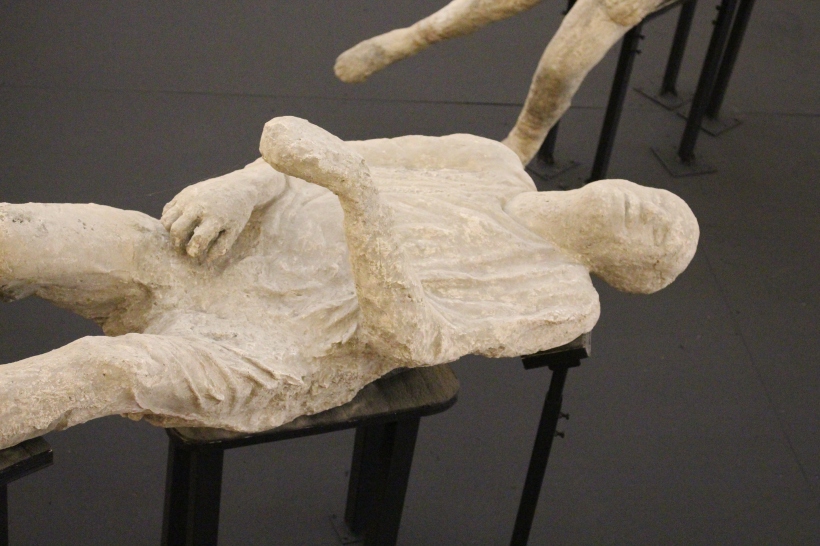
I began my tour at the side entrance by the amphitheatre, far less crowded and closer to the train station. The amphitheatre is the oldest surviving example in the Roman world and is surrounded by vineyards. Archeologists preserved the holes left by root systems and replanted both the vines and the stakes supporting them in their original place. They replicated this with plants all over Pompeii, using the casts of root systems for identifying the plant type. It worked so well that Pompeii now creates its own wine.
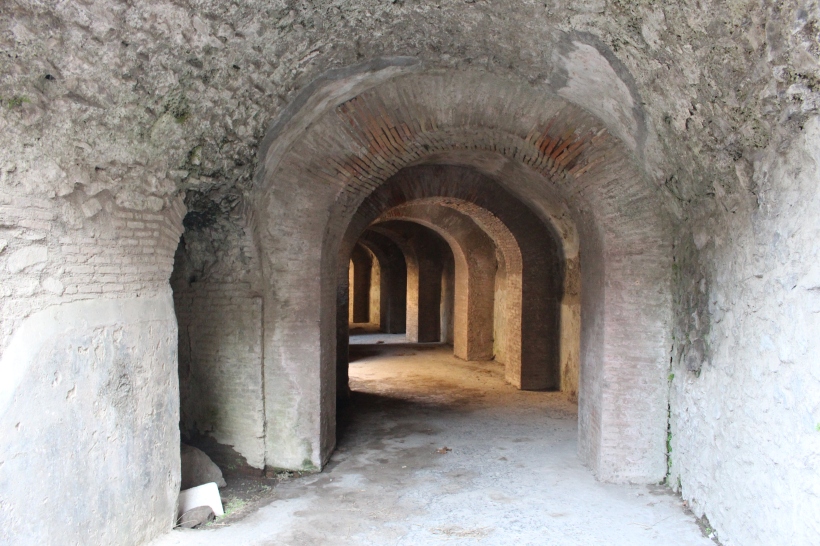
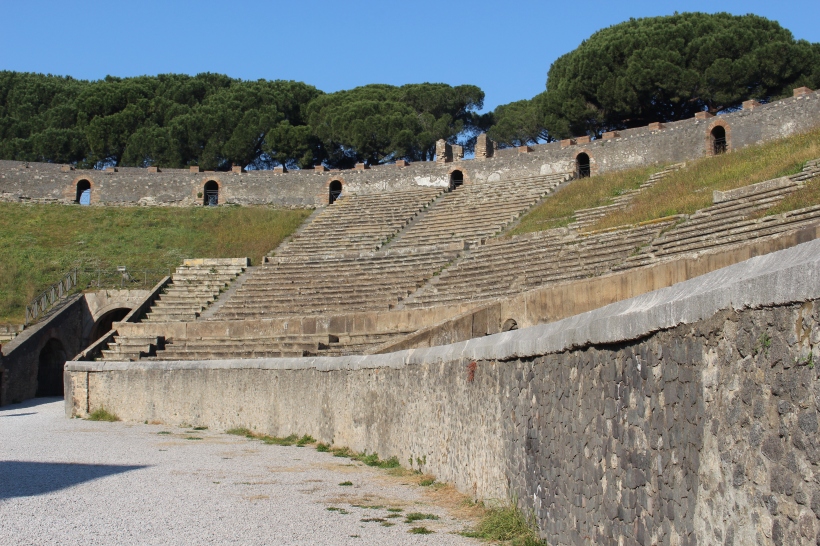
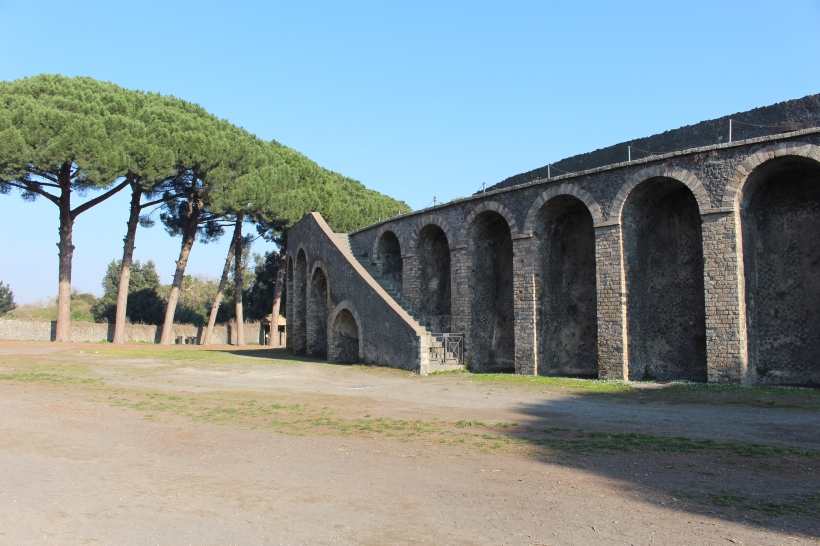
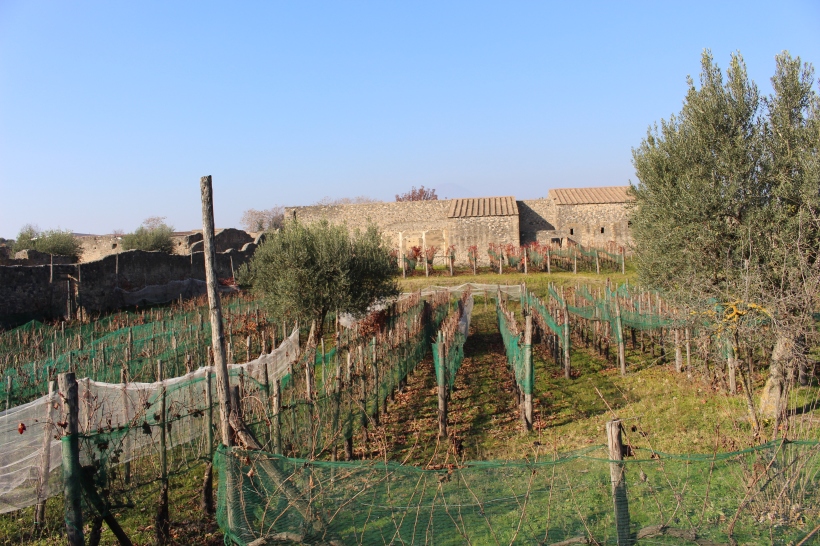
Next up was the Palestra Grande, sort of an early version of the YMCA for boys and according to some, the inspiration behind the Hitler Youth. These buildings were normally built by the Emperor or other rich benefactors for the youth of the city they favoured. Also seen are some of the family grave plots at the city outskirts. You can actually go inside and look around.
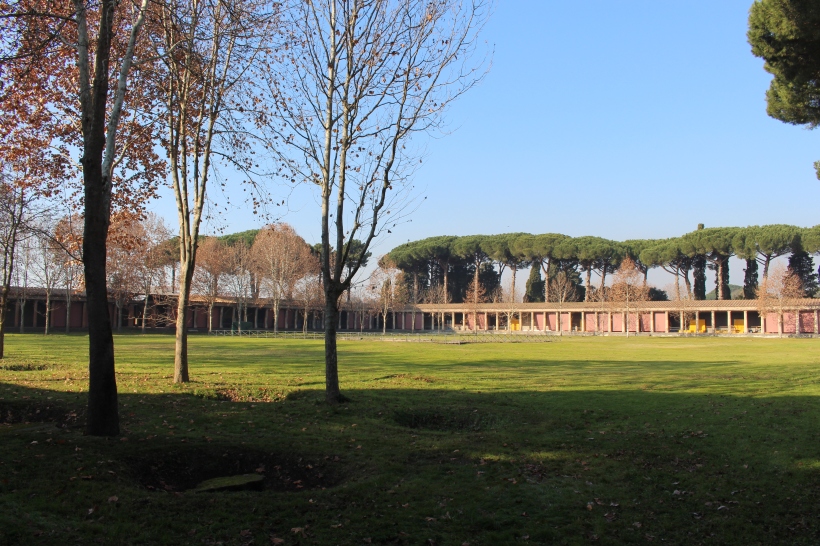
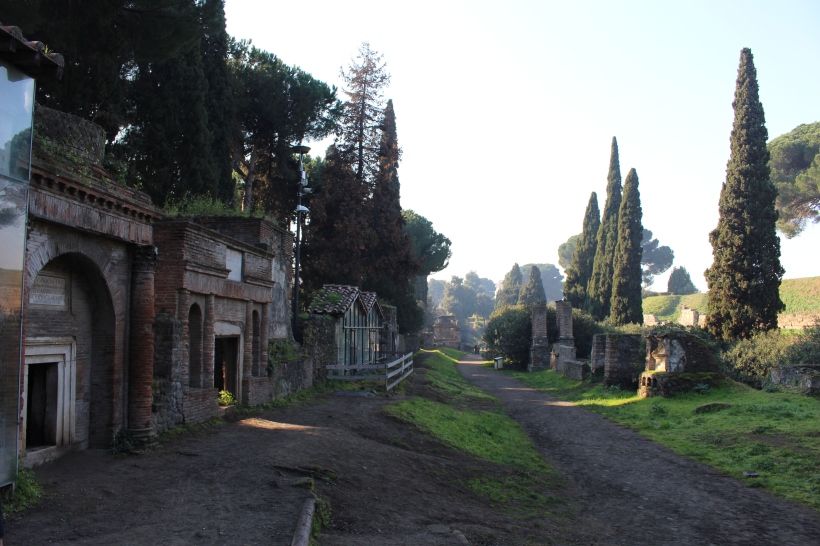
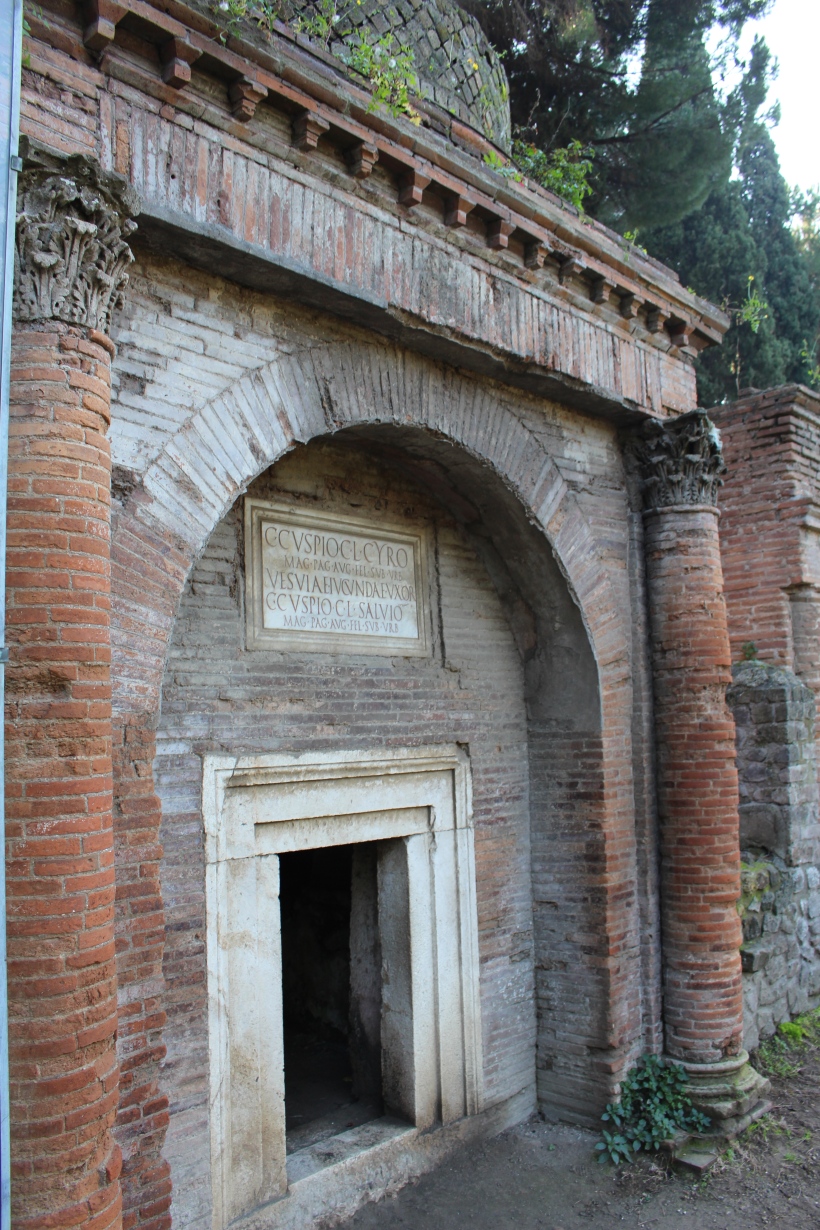
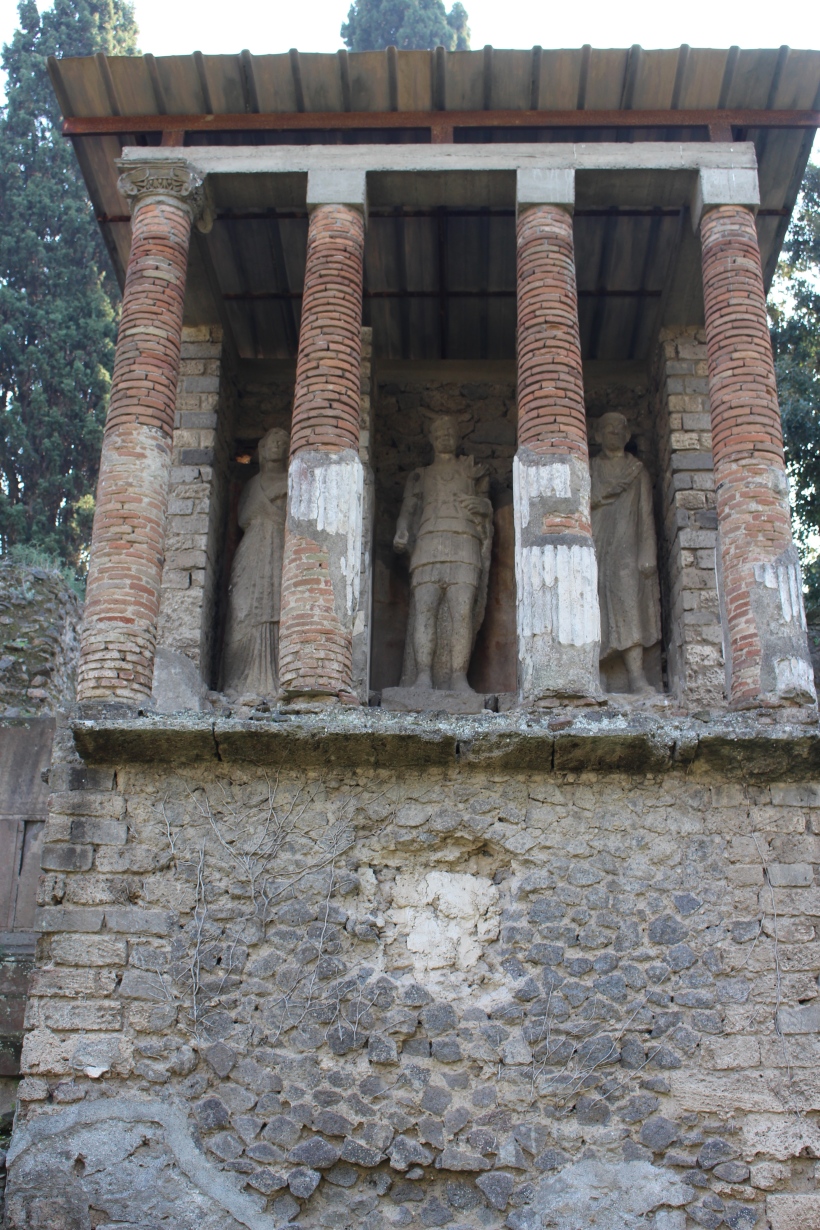
One of my favourite things about Pompeii is that I could go through entire streets of houses and not see another person. Don’t just follow the provided list of must see sites, get off the traditional tour route and explore some of the houses on your own. Several amphora’s, roofing tiles and other pottery are just littering the area.
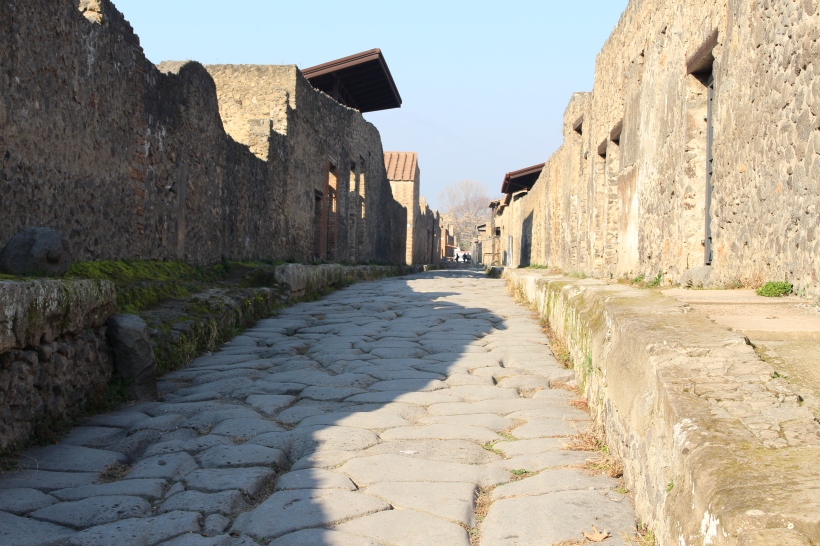
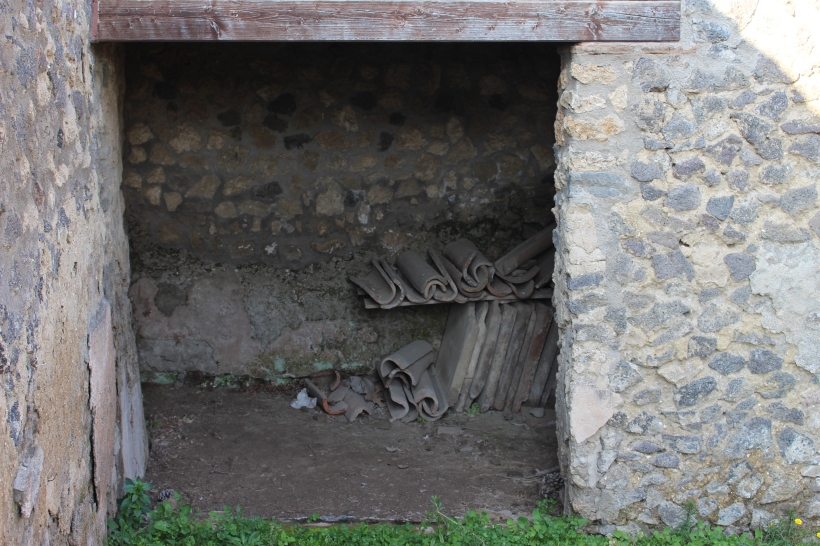
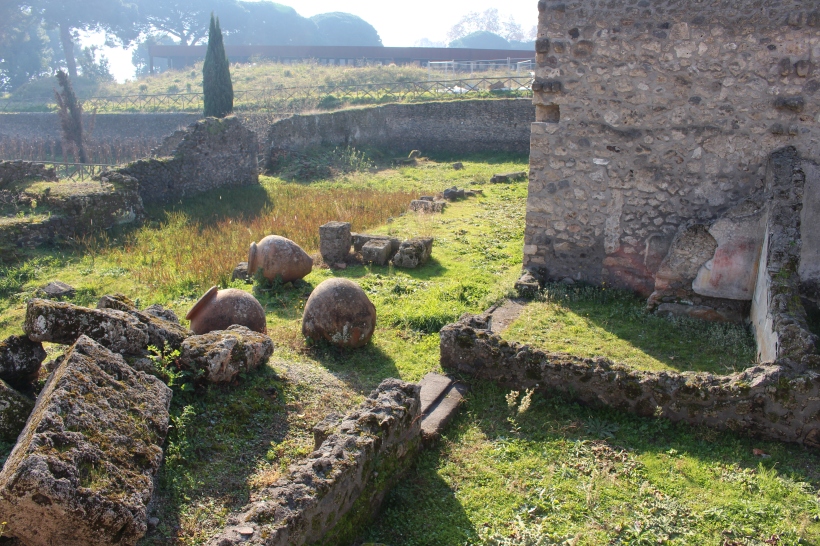
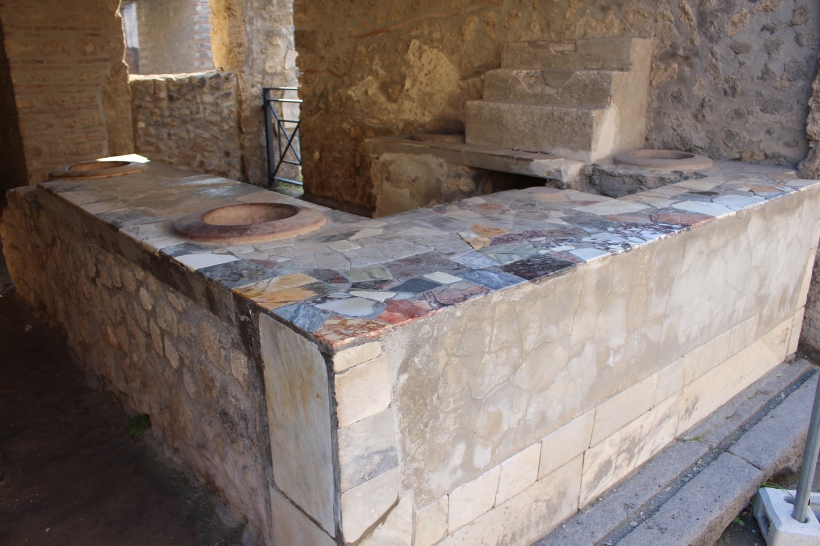
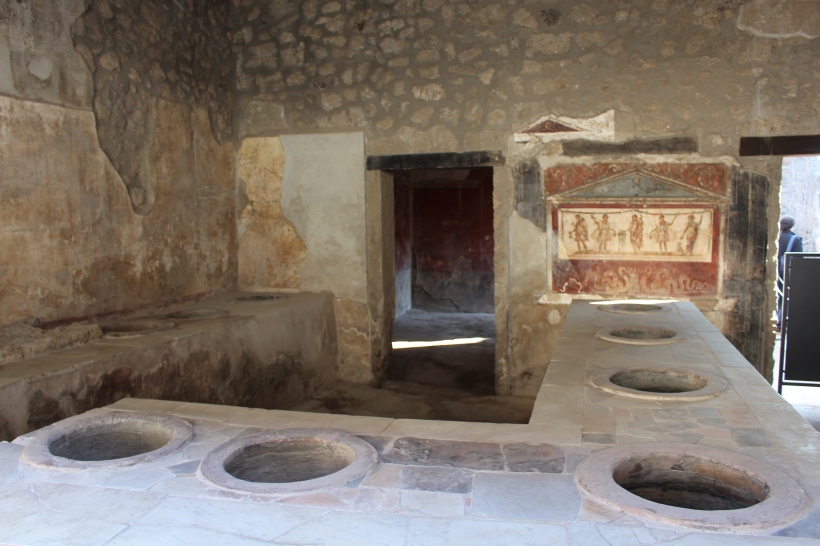
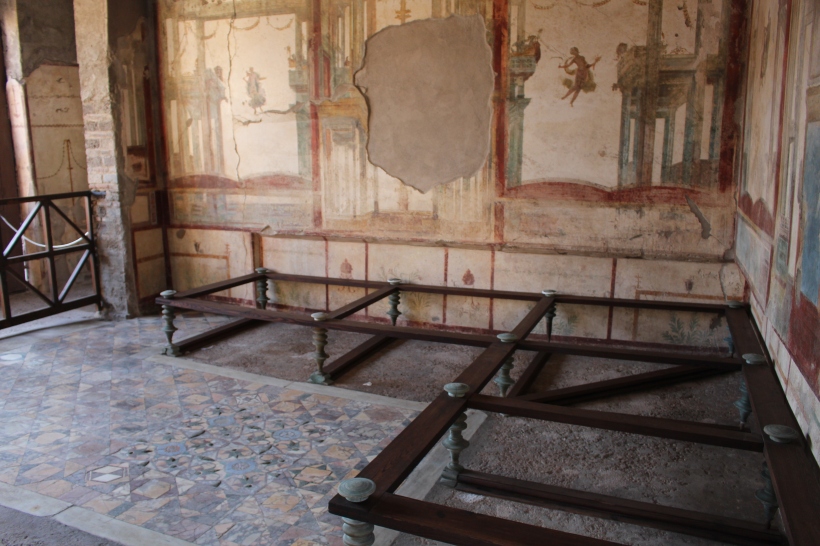
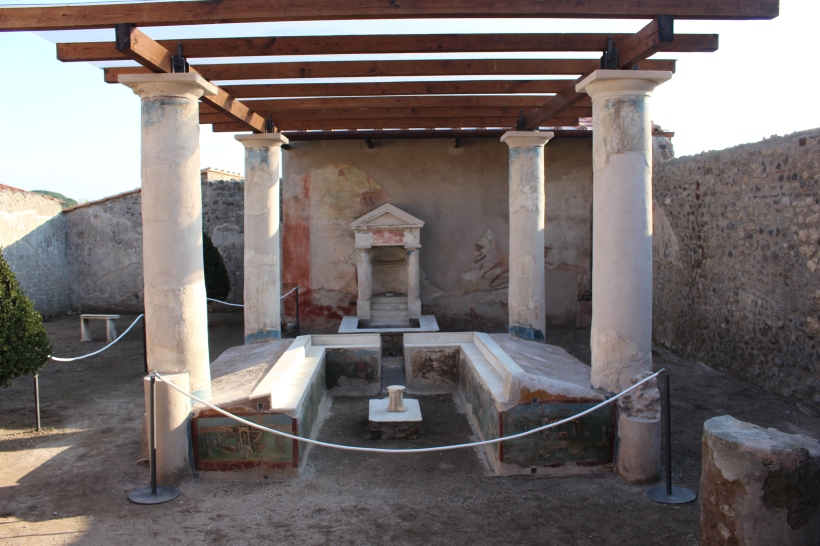
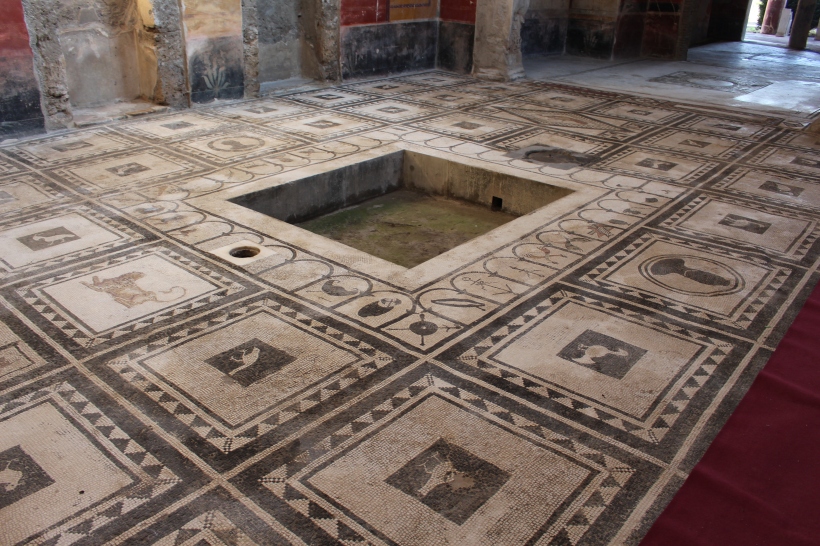
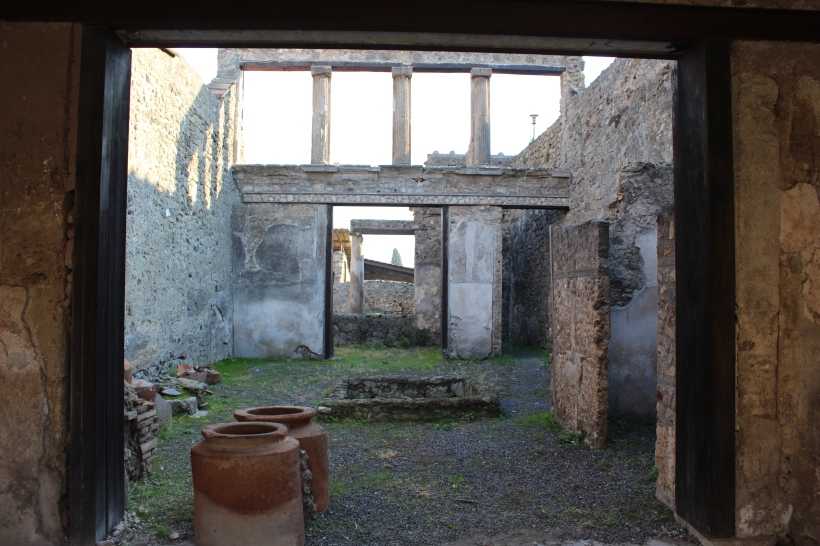
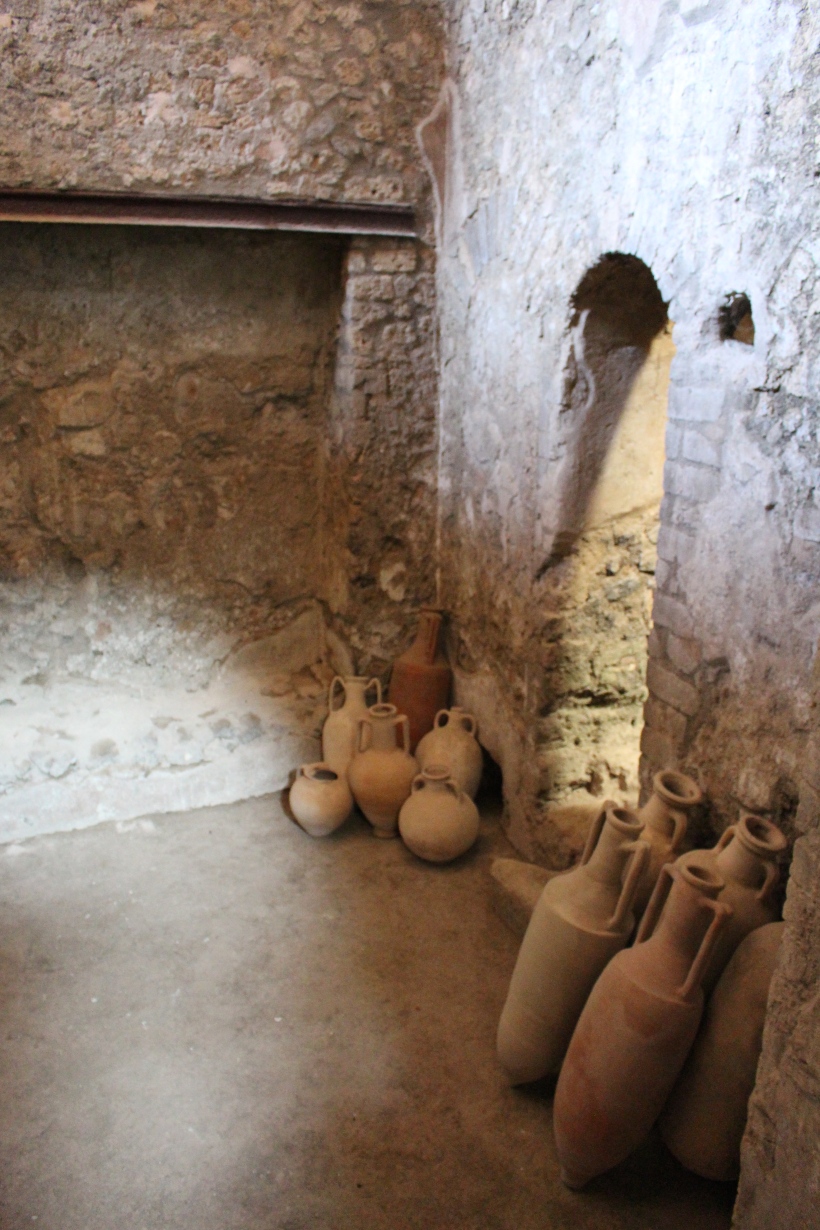
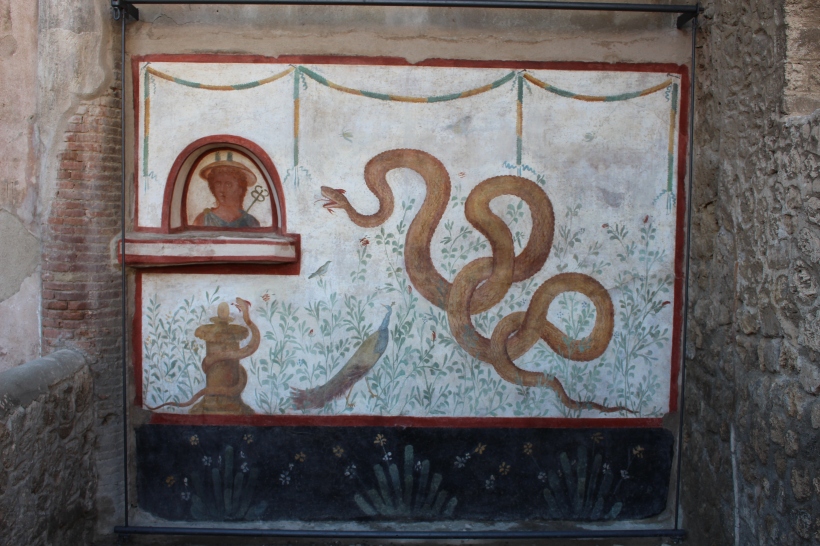
After roaming the individual homes it was on the gladiator school and the theatres for performances (one big, one small).
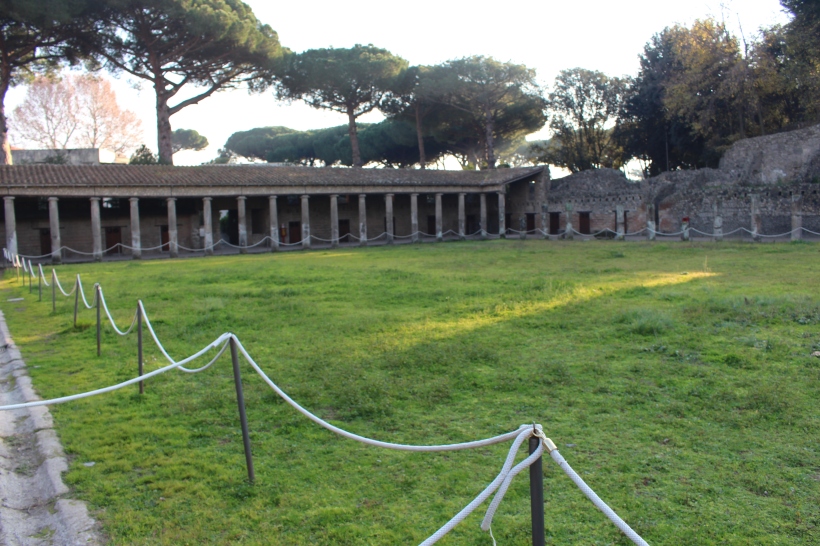
The Brothel in Pompeii is a major attraction and one of the things people seem to talk about a lot is the presence of penises throughout the city. Penises were a symbol of power at the time and often accompanied political graffiti on walls. They also were carved into the street and if you followed them would lead you to the town brothel. In Pompeii you would select from several rooms where graphic paintings advertised what was offered inside. Many of them still remain but if you’d like to see them you’ll have to go visit yourselves.
For those who don’t believe me…
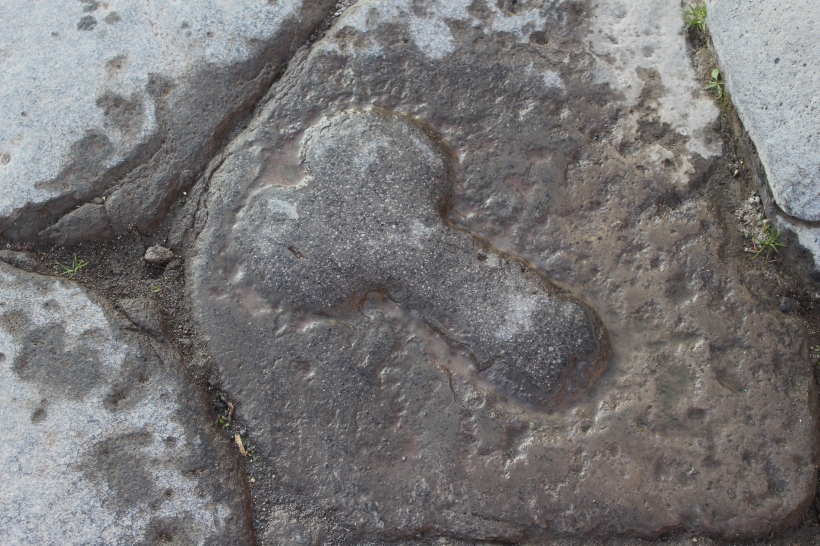
The yellow brick road it ain’t, don’t follow it. Just past the brothel is the Forum. For those who read my last post you’ll know the Forum was sort of a main street of its day. It was home to temples, markets and political activities as well as the buildings in which those sectors of society operated. A good case could be made for it being the nicest section of the city, although the preservation is not as nice as within some of the houses.
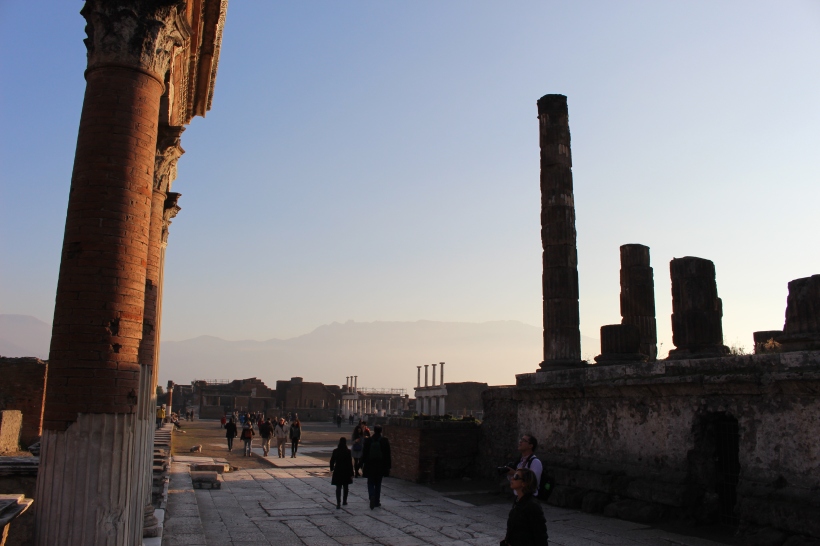
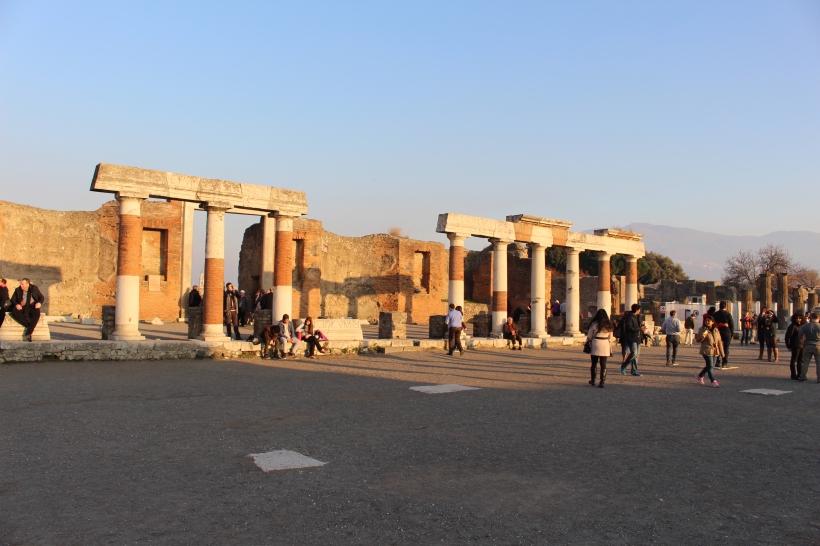
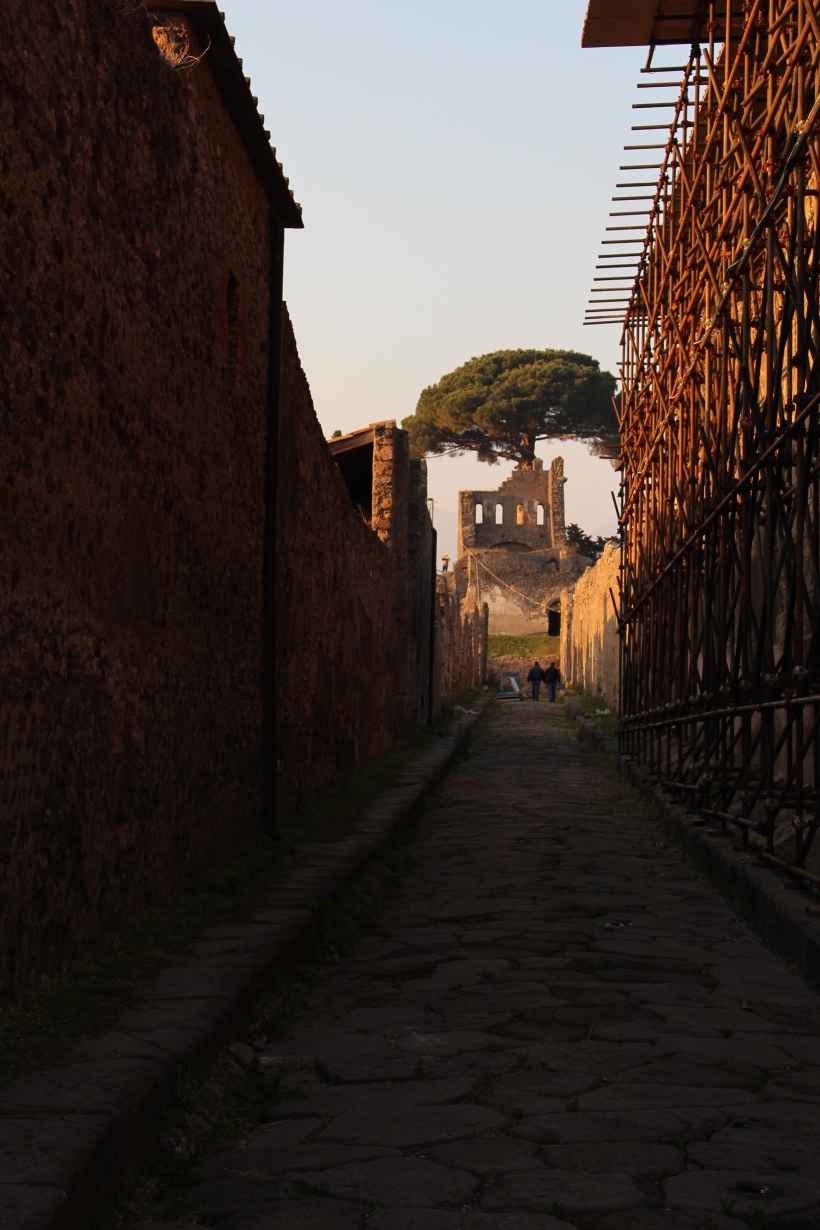
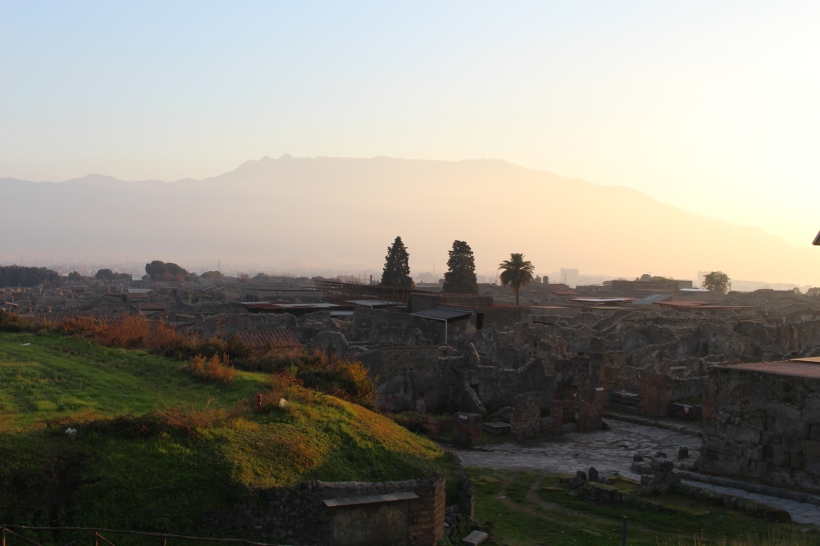
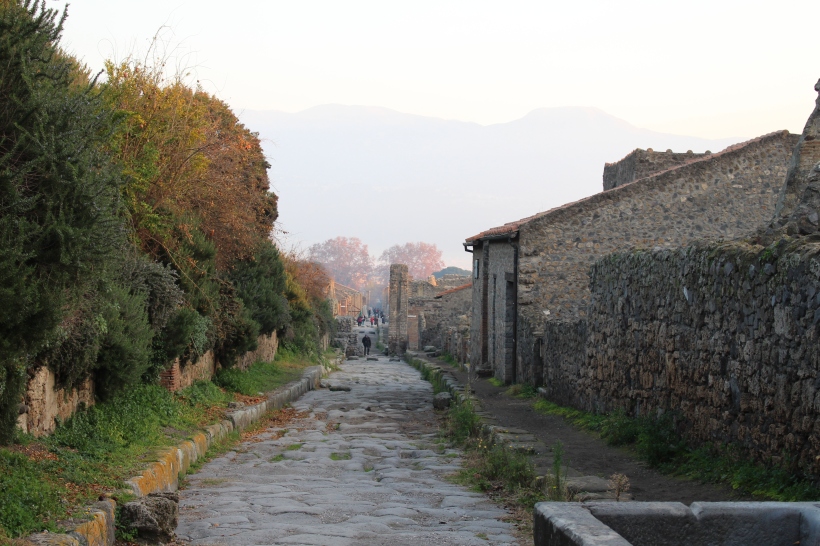
I was one of the last people left in the ancient city when it closed for the day- and what a well spent day it was. I’ve definitely got to go back for the nearby town of Herculaneum which was buried by a mud slide and is apparently smaller but very well preserved. For all the foodies, I found a small restaurant that does the best lasagne and then discovered the joy of egg nog gelato. All in all a success!
